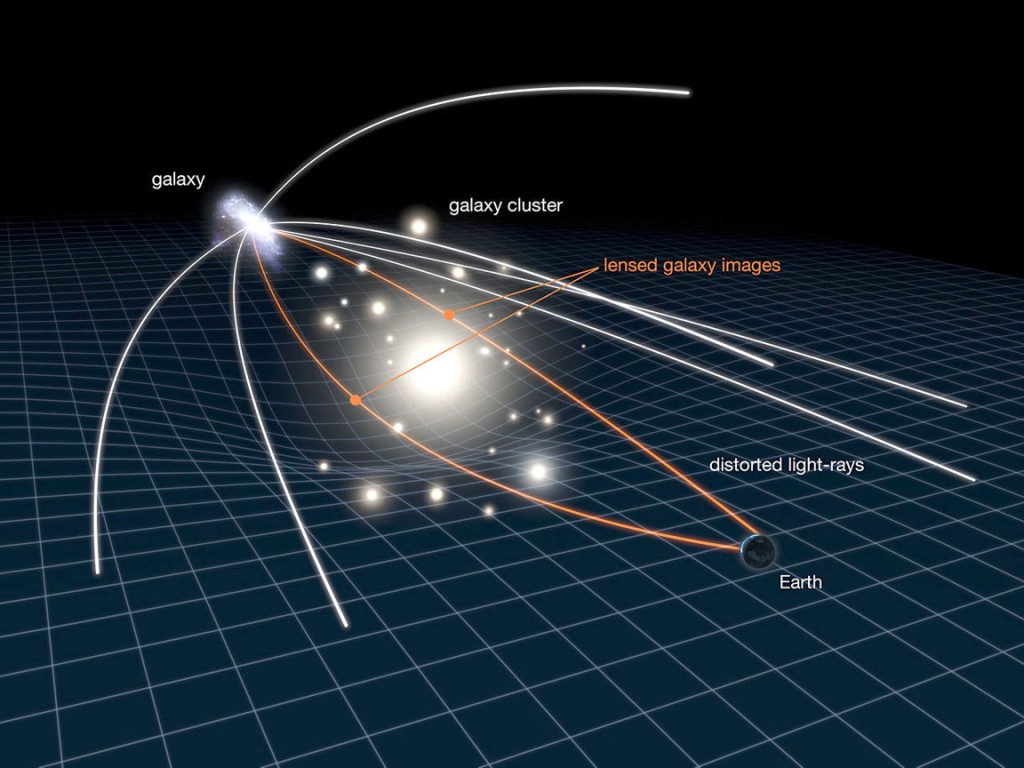-
Asked by rajathjackson to Dave, David, Jack on 28 Jun 2013.
Question: Does bending of light due to warping of space violate Fermat's Principle or is it that in the principle light goes in a straight line with respect to space(taking space as the reference) and in Relativity that reference itself is bending and so does the light?
- Keywords:


Comments